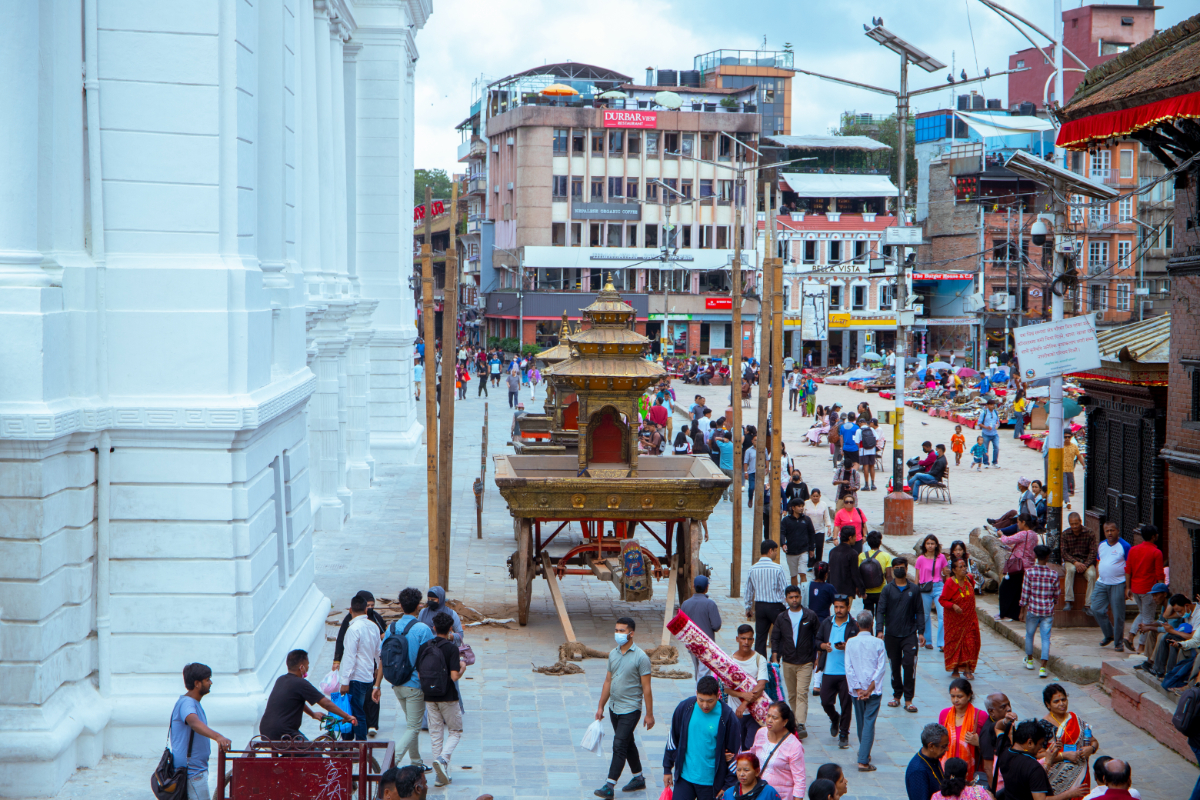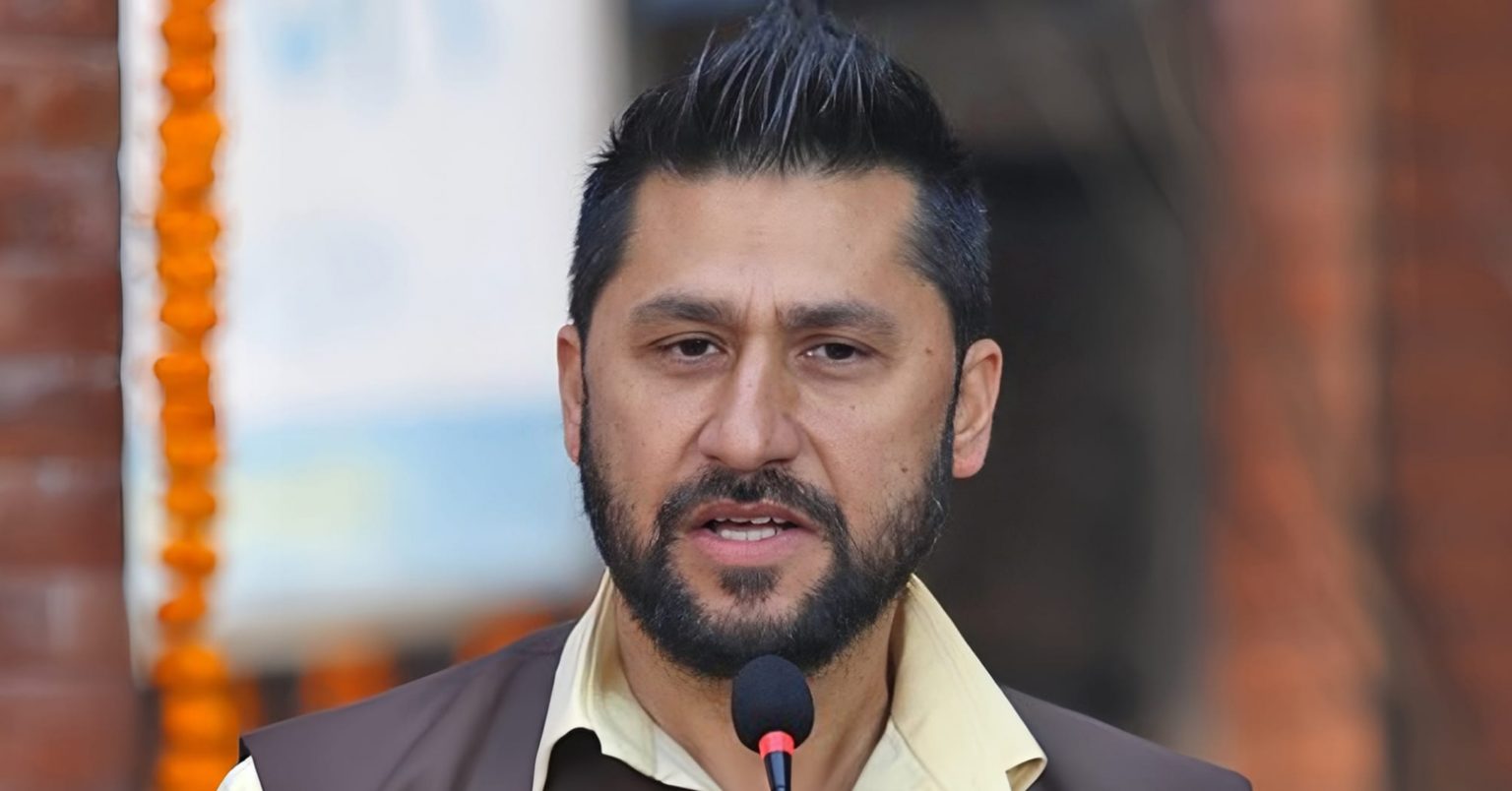A bridal is a significant occasion in Central Asia that reflects the area’s wandering history and is typically accompanied by sizable activities. Despite the fact that some customs were outlawed during the 60 to 70 times of Soviet/russian rule, others are still practiced today.
For instance, brides in Kyrgyzstan frequently live with their novel in-laws for days, maybe even weeks, before the wedding service. She does receive advice from her female family members during this time on how to be a great family. In the past, they would furthermore speak tunes to strengthen the relationship. This time period is referred to as Kazakh” Salom Beru” or” Kelin Salam.” During this time, the wife dons a conventional dress and shroud. She likely formally welcome attendees by bowing. Additionally, she will receive a white robe, which represents cleanliness.
The man will also give gifts to the couple’s adult family. In some areas of the nation, he does moreover give her family group a bride. 90 % of all wedding ceremonies in Turkmenistan involve paying this “bride’s price,” which can include horses, cattle, wealth, needlework, and gowns. This practice was outlawed during the Soviet era but is now resurging. Both families will have friends and neighbors join them at the actual marriage special function. The invitee list, which is frequently lengthy, reflects the social standing of the locals.
Both people may get ready for a huge dinner before the actual ceremony meeting. The bridegroom will then engage in the “uncovering the experience” tradition. This entails shooting an bow three occasions into a hole in the house’s ceiling. On the first two attempts, the dart narrowly misses the woman’s mind. She is struck in the back by the fourth dart. She will then be allowed to see after undoing the handkerchief that was covering her face. This serves as a symbol of her consent to the union.
The wedding is driven to her fresh residence by her adult in-laws on the wedding day itself. Behind a curtain (koshogo ), which is typically hung in the middle of the room, she will be greeted. After that, she will hide from her novel husband’s male family in this area for a few days. She will receive more pale hats during this time from the household. Additionally, she did get her locks combed and be blessed by the female family members.
She will been led to her new bedroom following the marriage. Typically, embroidered mattresses and a bed ceiling are used to decorate the bedroom. Following that, the handful may receive invitations to events hosted by their fresh in-laws. The few may become served a variety of foods at these gatherings, such as traditional rice dishes and sheep soup. They will also be instructed to bust flatbreads in front of their visitors.

Some areas of central Asia also engage in a non-consensual wife theft https://asiansbrides.com/mongolian-brides/ discipline known as “marriage by suicide.” The youngster either decides to get married and asks his kids to pick his wife, or his mummy tells him that she has been chosen for her kid. This training is most popular amongst the Kazakhs, Uzbeks and Karakalpaks, an autonomous region in southern Uzbekistan.














Add Comment